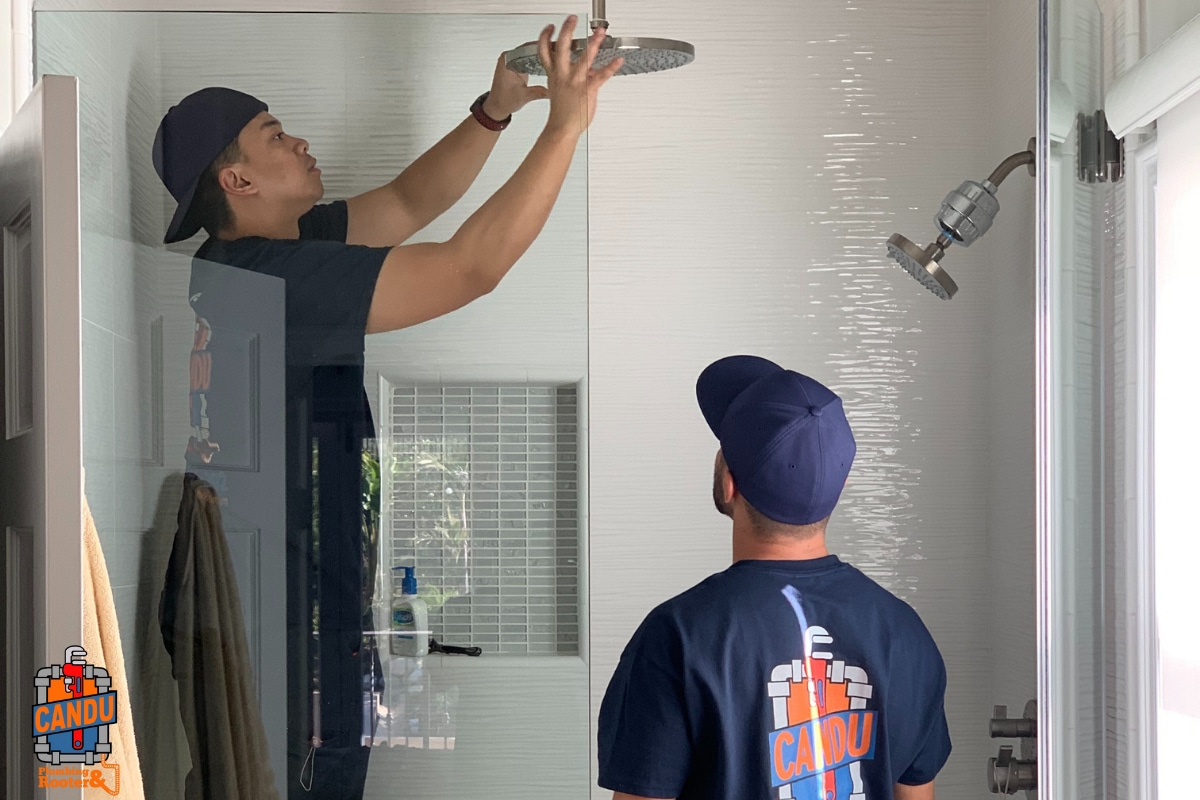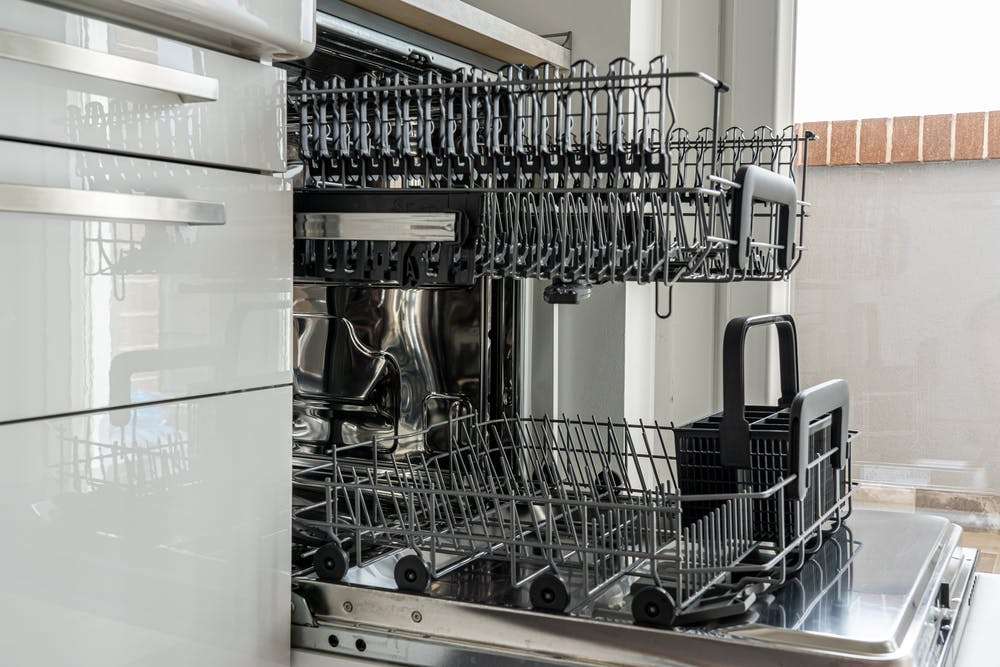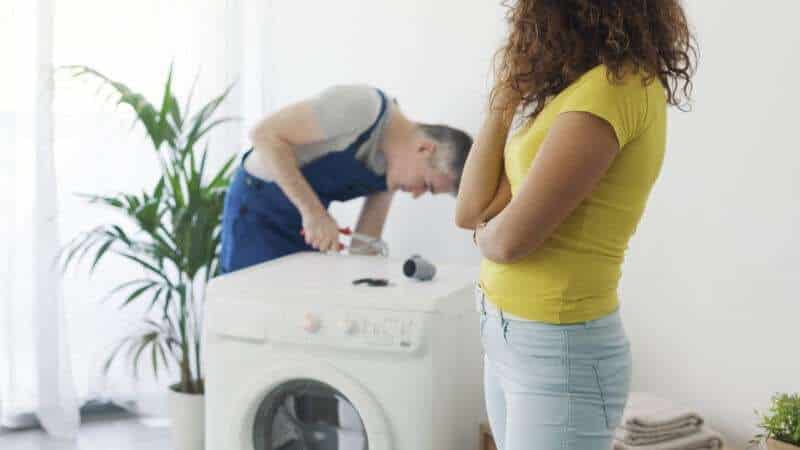Storm drains are designed to quickly and efficiently capture rainwater as well as melted snow and ice. If you live in a town or city, chances are that your home is close to a storm drain.
Should a storm drain be located on or adjacent to your property, it is important to take time to maintain the drain on a periodic basis. Proper maintenance will allow the storm drain to do its job well by preventing flooding and environmental contamination.
Below is more information about storm drains and three specific things you can do to maintain them.
What Storm Drains Do
In most locales, storm sewers are separate from sanitary sewers – the systems that dispose of wastewater from homes and businesses. Storm sewers route captured water toward safe disposal locations, which are often streams, lakes and other bodies of water.
Storm sewers are designed to handle water and some solid materials, but they can become clogged by excessive amounts of debris. Since storm drains are the entry points for storm water, keeping them clean and well-maintained is the key to keeping the system operating.
1. Keep Storm Drains Free of Debris
The first hint for keeping a storm drain functional is to clean the drain grate and remove debris from the area. Debris commonly found on top of storm drains include leaves, dead grass, sand, gravel and a variety of household trash.
If debris pile up on top of the storm drain or blocks its entrance, water will likely accumulate and contribute to local flooding as a result. In addition, trash on top of the drain is likely to be washed into the storm sewer where it can contribute to blockages or cause downstream pollution.
Whenever possible, take a few minutes to clear away built up debris from the storm drains in your home’s vicinity. A flat-tipped shovel or even a small snow shovel is excellent for scooping up matter from drain grates. In addition, you can use a garden hose or pressure washer to loosen stubborn debris that won’t easily come up with the shovel.
2. Properly Dispose of Lawn Clippings and Leaves
Another hint for maintaining a storm drain is to prevent lawn clippings and leaves from entering the gutter. As mentioned, these objects are likely to form mats of debris that cover drain grates, and keeping them out of the gutter is a way to stop that from occurring.
That means clippings and leaves should always be bagged or piled up for vacuuming if your locale provides that service. In addition, avoid using a leaf blower to push trash into the street, and sweep up anything that lands in the gutter after mowing or trimming.
3. Contact Your Local Works Department When Necessary
While you can perform much of the maintenance yourself when it comes to storm drains, there are some tasks you should hand off to the experts. For example, do not attempt to remove the heavy metal grate that covers the drain. You can be injured during the process or may be unable to replace the grate.
In addition, never enter a storm drain under any circumstances. Drowning, suffocation, wild animals or dangerous debris are significant hazards that may await you.
Instead, contact your local works department if you have unresolved concerns about your storm drain. They possess the equipment and expertise to perform whatever work may be necessary.
If you have questions about your home’s plumbing, either interior or exterior, be sure to contact Candu Plumbing & Rooter for assistance. Their professional staff are able to assist with repair and can restore your plumbing to its original state.




